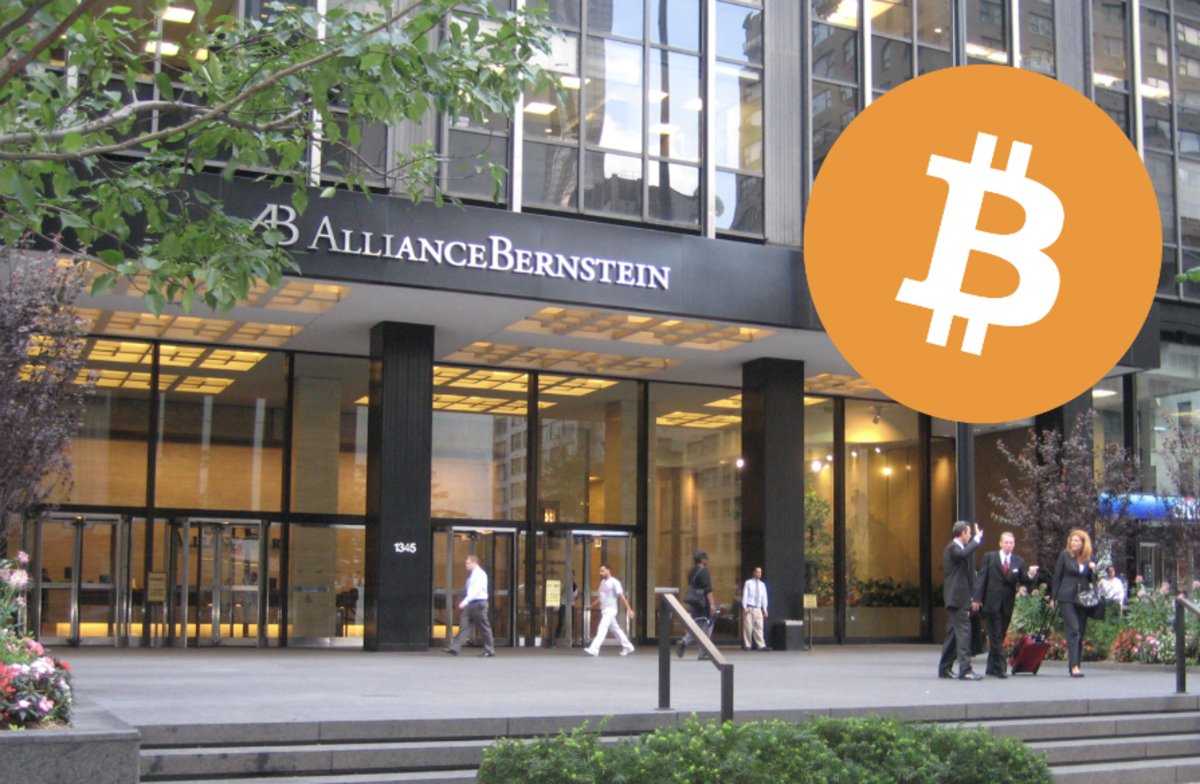Franklin Templeton: Ordinals Driving ‘Renaissance’ in Bitcoin Innovation
Major financial services company Franklin Templeton, managing approximately $1.5 trillion in assets, believes Bitcoin is experiencing a “renaissance” in innovation driven by ordinals and other new developments on Bitcoin.
JUST IN: $1.5 trillion asset manager Franklin Templeton says Ordinals drive ‘positive momentum’ in #Bitcoin innovation.
Institutions are coming 🙌 pic.twitter.com/3lSDwNwE5Q
— Bitcoin Magazine (@BitcoinMagazine) April 4, 2024
In recent years, Franklin Templeton has emerged as one of the earliest big institutional adopters of Bitcoin. After filing for a spot BTC ETF last year, the firm launched its Franklin Bitcoin ETF (EZBC) in January amid a wave of SEC approvals.
This openness to Bitcoin continued in a recent report from Franklin Templeton’s Digital Assets division in which it highlighted the rise of Bitcoin-based NFTs called Ordinals, new fungible tokens, and layer 2 protocols.
Franklin Templeton tweeted that these new projects primarily drive positive momentum in Bitcoin innovation. Trading volume data shows ordinals like NodeMonkes and Runestone surpassing Ethereum NFTs.
According to the report, this is providing evidence that Bitcoin provides advantages over other blockchains, and that its security, decentralization, and large user base give it an edge for mainstream adoption.
Beyond NFTs, technical standards like BRC-20 and Runes are expanding Bitcoin’s functionality. Along with layer 2 scaling, these developments are kickstarting a new growth and maturity phase, the Wall Street firm said.
Franklin Templeton’s bullish perspective reflects a broader institutional warming towards Bitcoin and its capabilities, with major players like BlackRock also embracing Bitcoin even as they openly discuss “tokenizing” assets.









